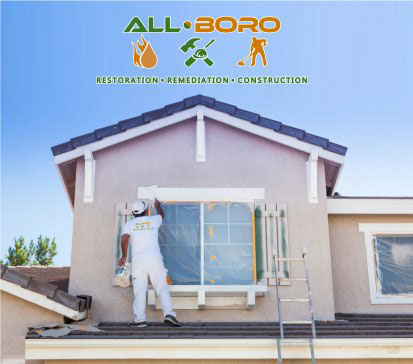Don’t Let The Cold Slow You Down!

Credit: www.whitecap.com
Construction workers, sanitation workers, postal workers, utility workers, police and first responders beware! We often hear of heat stresses while working in the heat, but we rarely hear of issues while working in the cold. While “cold weather stress” is not a common term, it definitely exists. It occurs when outdoor working conditions cause a worker’s skin temperature to decline. This loss of heat causes one’s internal core temperature to drop below normal. When this occurs cold-related illnesses and injuries may occur, causing possible permanent tissue damage and in extreme cases, death.
Three types of common cold injuries are Trench Foot, Hypothermia and Frostbite:
Trench Foot (or Immersion Foot):
occurs when the feet are constantly wet. Wet feet lose heat 25 times faster than dry…and can occur even if the temperature is nearing 60 degrees. To prevent this from happening the body decrease and/or completely shut down the circulation to the feet by constricting the blood vessels. When this occurs, the tissues begin to die. Seek medical attention immediately!
Hypothermia
occurs when the body temperature drops to less than 95 deg at an alarming rate. While hypothermia typically occurs at very cold temperatures it can occur at cool temperatures (above 40 deg) if the worker becomes chilled from rain, sweat or submersion in cold water. Confusion/disorientation, loss of coordination and cessation of shivering can occur at extreme hypothermia, and if it does medical attention is required, QUICKLY! (as death can occur in extreme cases)
Frostbite
occurs when the skin and underlying tissues freeze. Typically, the feet and hands are affected, and the lower the temperature, the more quickly and devastating the effects. Seek medical attention immediately!
Tips to avoid cold-related illnesses:
- Maintain hydration with warm sweetened liquids.
- Schedule heavy work during the warmer part of the day.
- Work in pairs.
- Schedule for more frequent breaks to allow the worker to warm up.
- Provide portable heaters to workstations.
- Where possible, protect the work areas from wind/drafts.
- Dress in 3 loose thin layers; wool/silk next to the body, synthetic fabric next, lastly a wind/rain protective material that allows for some ventilation to avoid over-heating.
- Wear warm hats and hard hat liners and knit face masks.
- Insulated gloves and boots (should be water-proofed) a must.
- Always have hand and toe warming packs on hand.

All Boro Inc. Celebrates Successful Partnership at Options’ Second Murder Mystery Event
Many business owners, Facility Managers and Property Managers wonder when the best time of year is to schedule painting projects. Painting can be done at nearly any time during the year (during the right conditions), spring is arguably the best time of year to take care of outdoor projects; interior projects could be done year-round.

CLEANING YOUR TRASH CHUTE CAN SAVE YOU MONEY!
Trash collection can be a tough job, especially when you live in a bigger area; however, trash chutes help you to make that task easy and hassle-free. Trash chutes are usually found in apartments, high-rise buildings, and hospitals; therefore, trash chute cleaning is very important. If neglected, chutes can be hazardous.

Four Reasons to Paint Your Exterior
Many business owners, Facility Managers and Property Managers wonder when the best time of year is to schedule painting projects. Painting can be done at nearly any time during the year (during the right conditions), spring is arguably the best time of year to take care of outdoor projects; interior projects could be done year-round.


